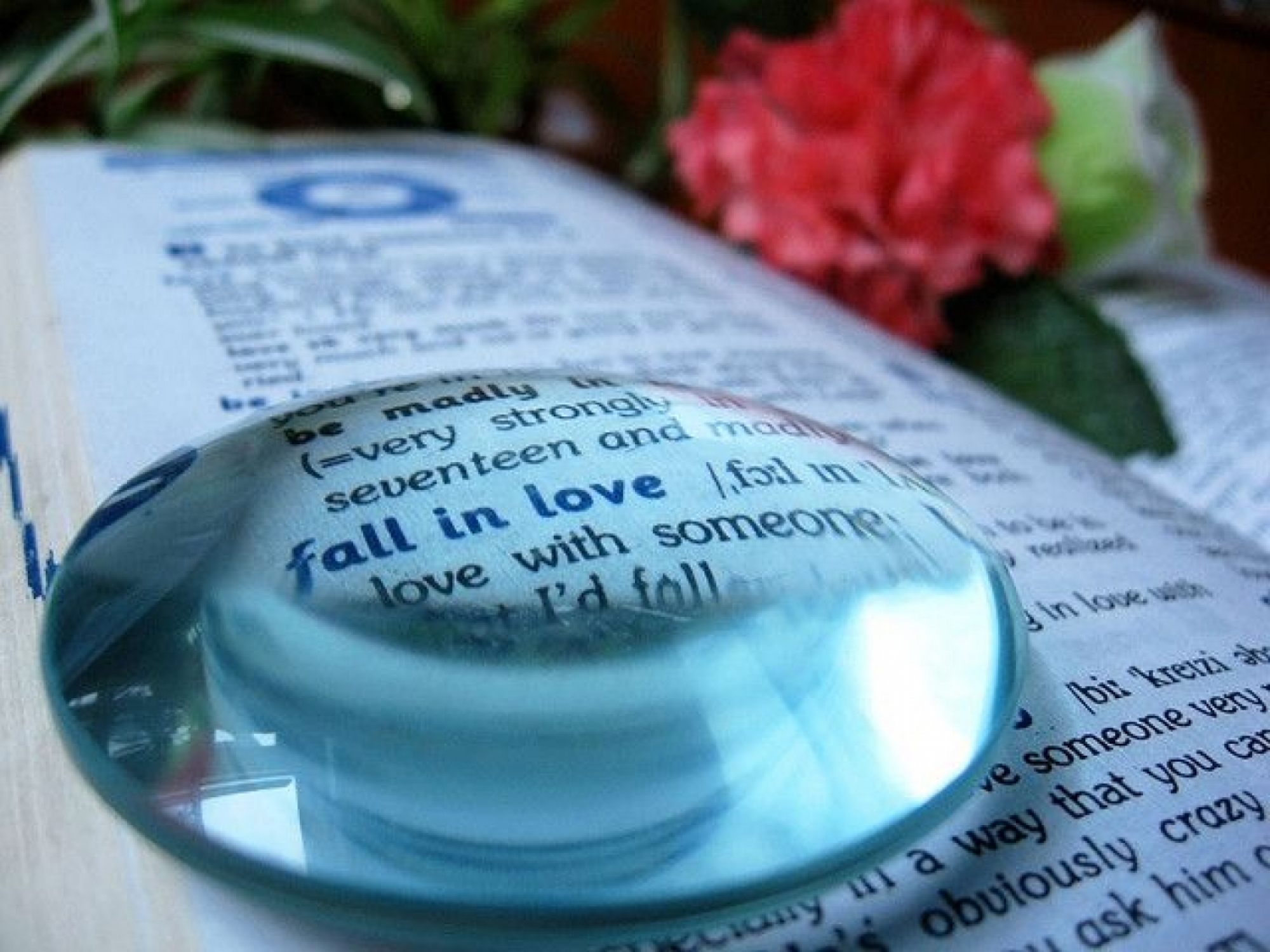Some rights reserved by Dhilung Kirat
A few years ago I wrote a blog about Valentine’s Day. A self-proclaimed hopeless romantic, I was on a quest. I sought a new and innovative way to harness the power of modern technology to create a ‘unique and undeniably personal’ gift. I was looking to go above and beyond the classic standard template card and flowers combo.
The search led me to a publishing firm that was experimenting with nanotechnology to embed video into printed magazines. This concept enabled the reader to scan through the visual content via manual buttons. At the time, this marriage of media formats blew my mind (I think I may have even used the word ‘neat’). I dreamt up madcap card designs that could include a personalised video of yours truly clad in a purple suit singing ‘My Girl’.
Sadly my plans never came to fruition. It all seemed too far-fetched and difficult to arrange. “You’re a dreamer, Patrick, a loon!” my detractors would yell. “Just book a table at Zizzi’s like the rest of us, man!”
But here we are in 2015, living in an omni-channel visual communications world that is much changed. Thanks to new technologies and platforms, there are a swathe of new (and better) visual tools out there to convey love in dynamic and exciting ways. The famous ‘video in a card’ concept already seems a tad outdated, dunnit? This 27-year-old hopeless romantic has long forgotten that idea. I’ve got bigger fish to fry.
Despite the challenges the greeting card industry has faced in recent years – owing to the rise of digital media – the Greeting Card Association (GCA)’s market report in 2014 still painted a picture of growth. Our love affair with expressing our, er, love, with print appears to be far from over. £1.29 billion was spent on cards in 2013, with the market estimated to have grown by 6.1% from £0.96 billion in 2012 to £1.02 billion in 2013. Significantly, Valentine’s Day was valued the highest in all categories, calculated at £40.2 million and with an ARP of £1.86, higher than other events like Mother’s Day and birthdays.
Add in the rapid growth of online card publishers such as Moonpig and Funky Pigeon, it’s clear that people still like to celebrate special occasions with a physical card. Despite the prevalence of mobile devices and social media, there’s something not right about emailing, texting or Tweeting a heartfelt message. And some, like this amorous pioneer, like to go one step further.
Thanks to the capabilities of digital printing and the emergence of interactive print – such as QR codes, Augmented Reality (AR) and Near Field Communication (NFC) – the only limit to our visual designs is our own imagination. No longer a far-fetched and costly pipedream, our Valentine’s cards can now quite easily, and affordably be enriched with video and sound. With AR, a card’s content can be brought to life by an app, and with an interactive trigger (such as a QR code) a recipient can be sent on a cross-media journey (of love) online and beyond.
So cancel that reservation at Zizzi’s and get creative. Otherwise I’ll post that video of me singing The Temptations. And nobody wants to see that.
